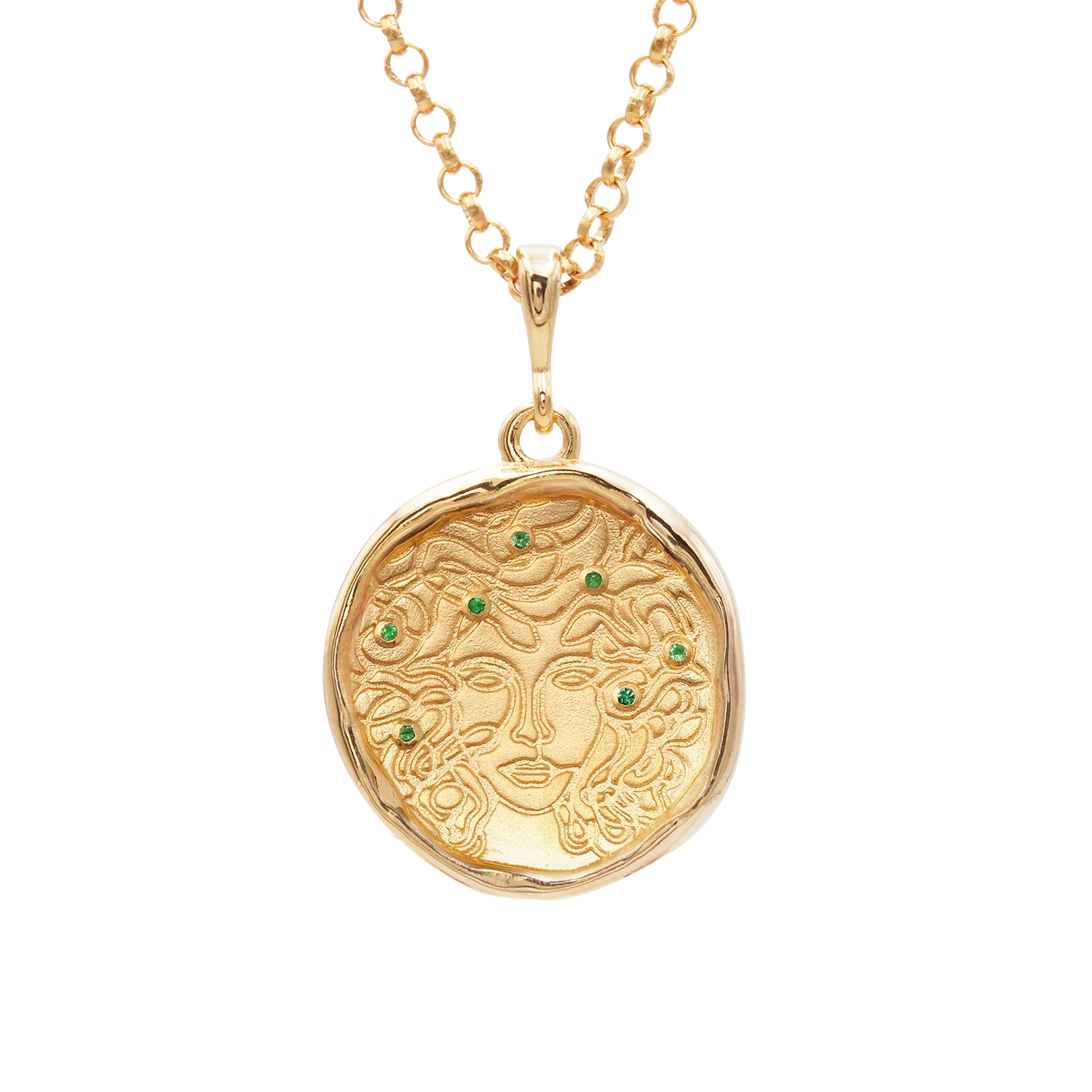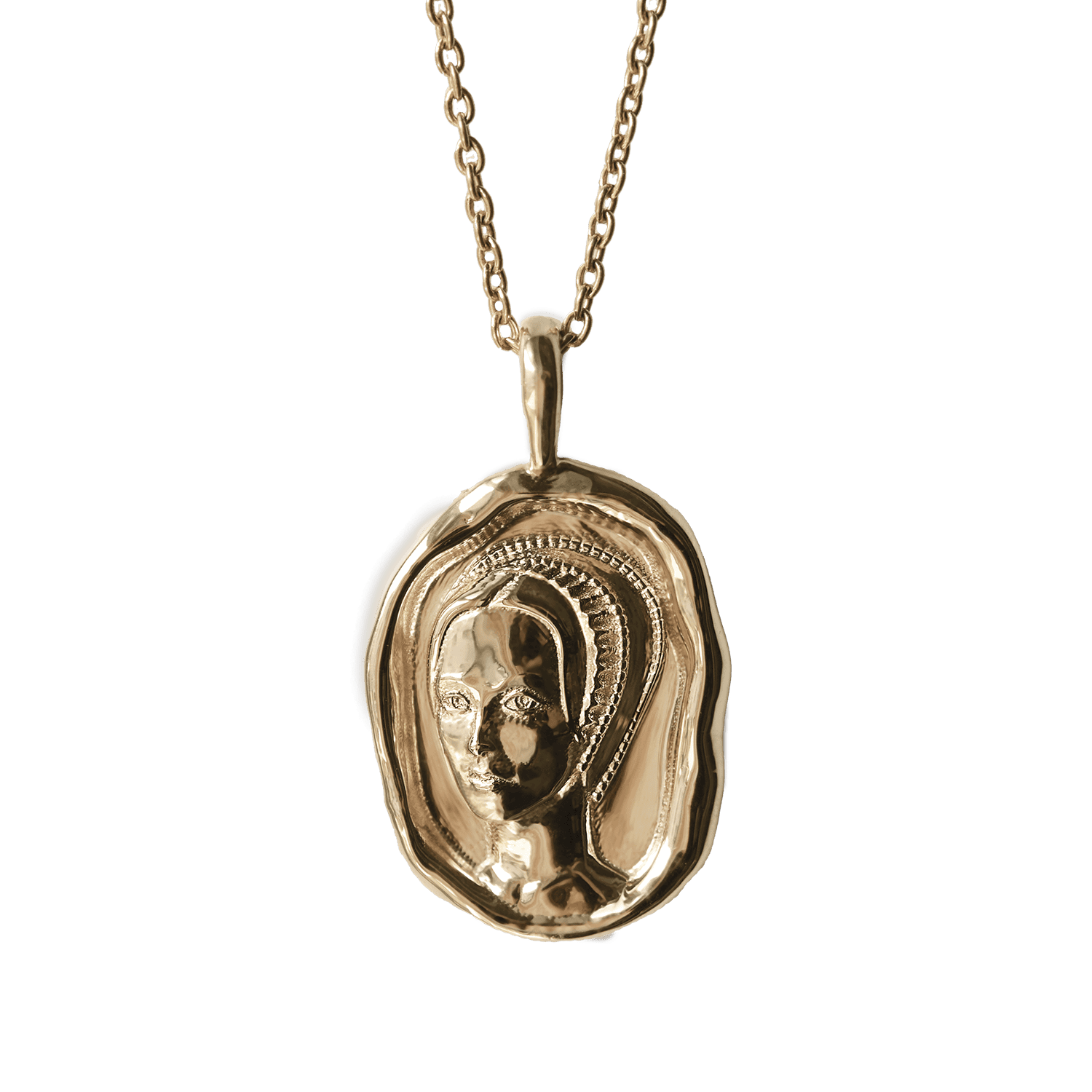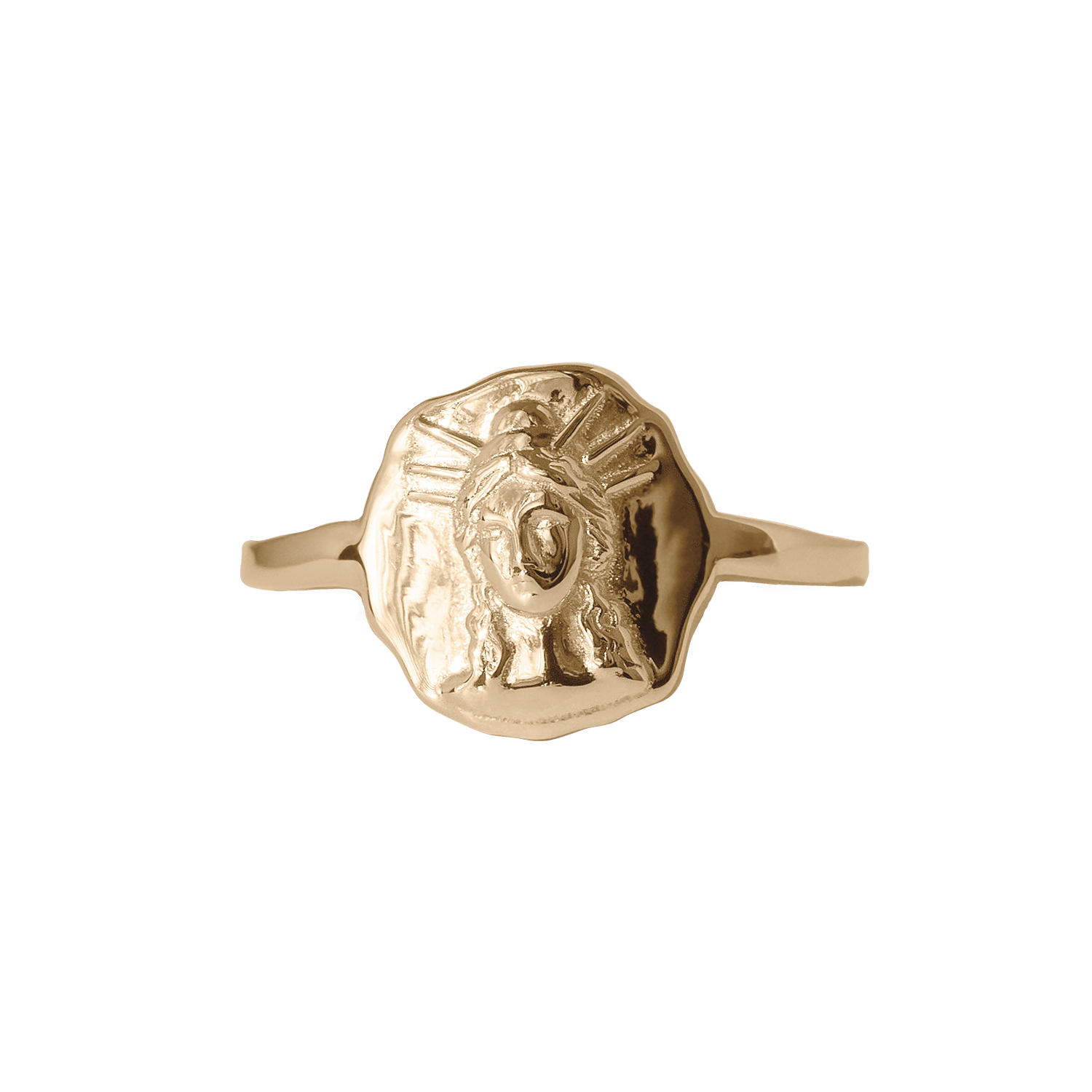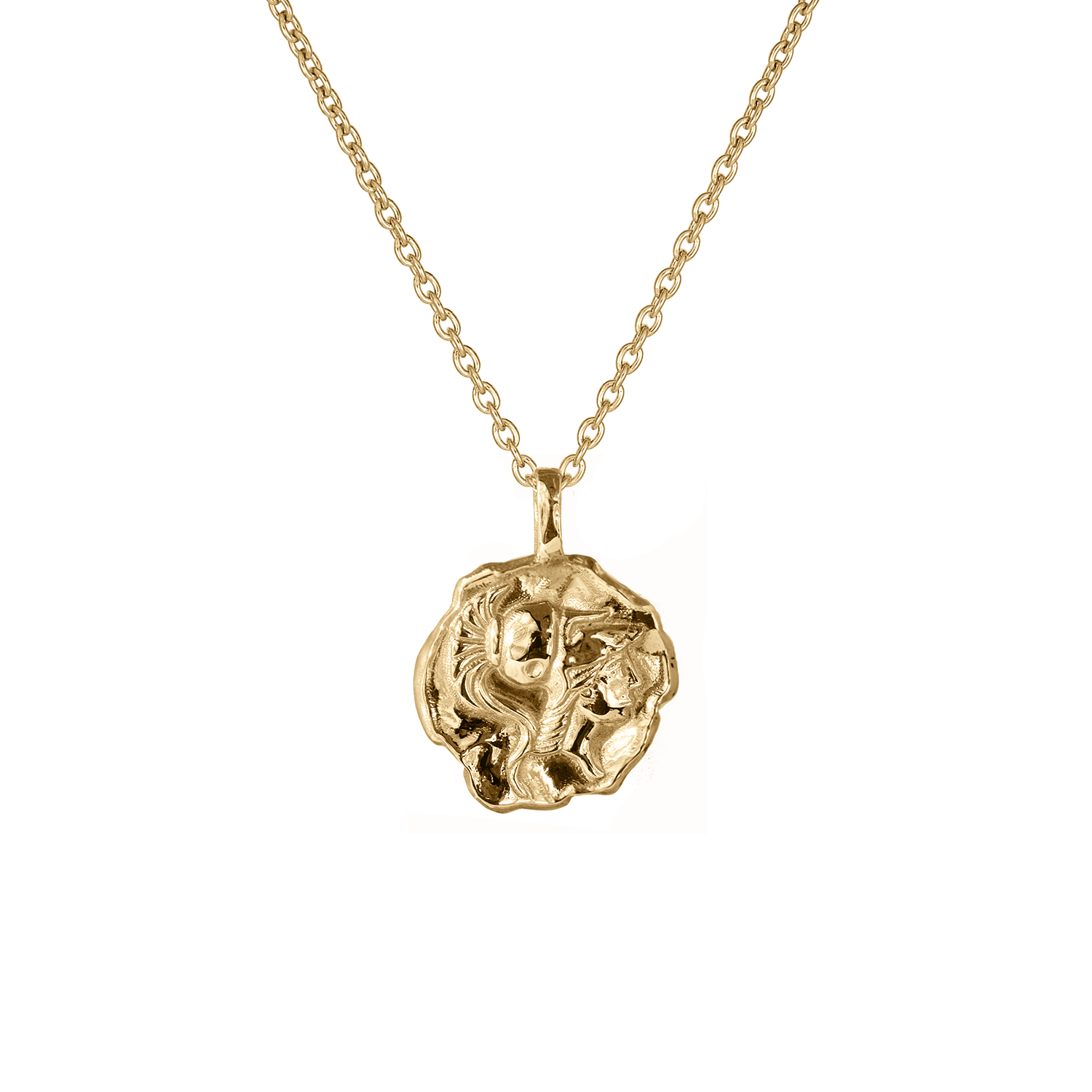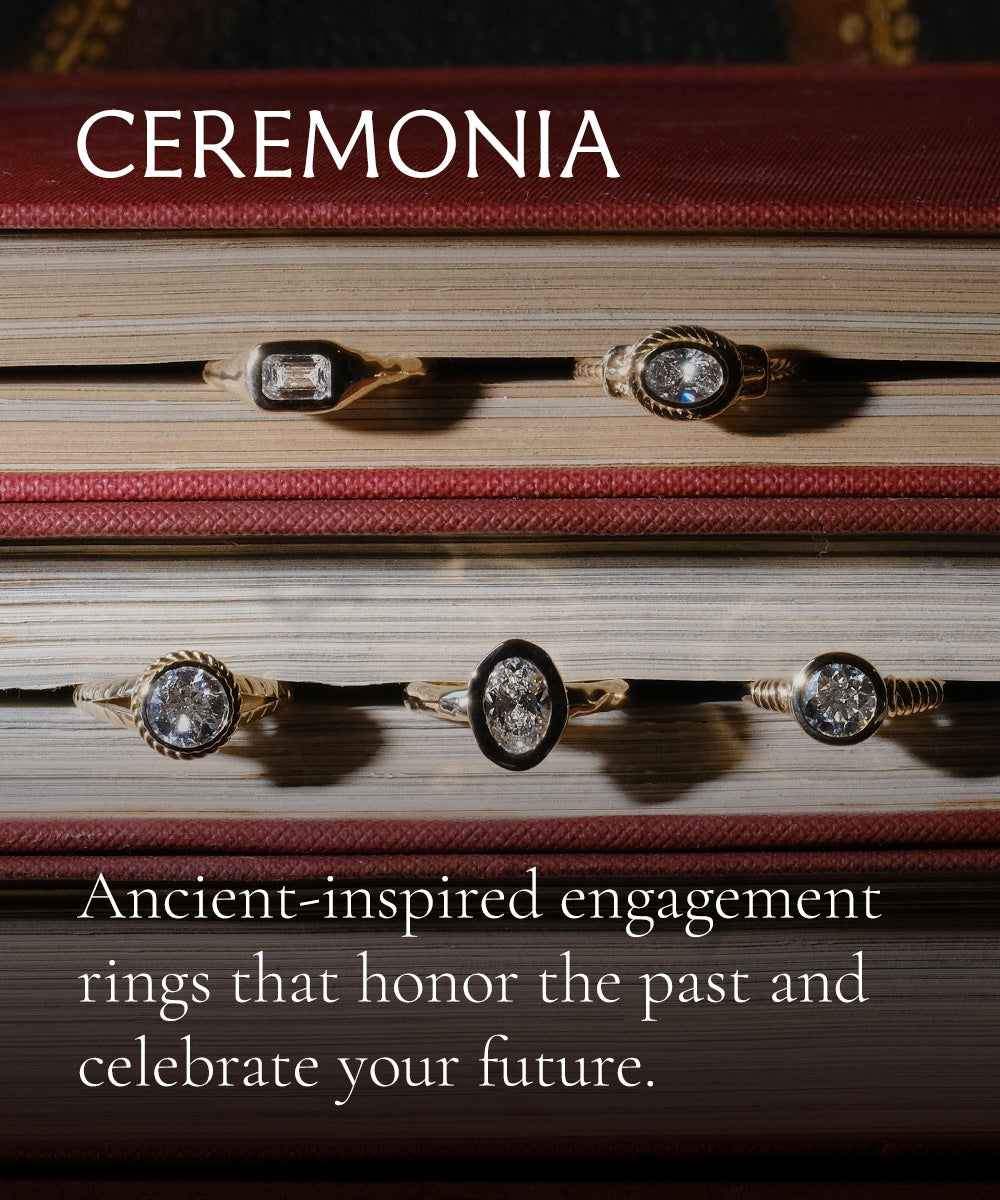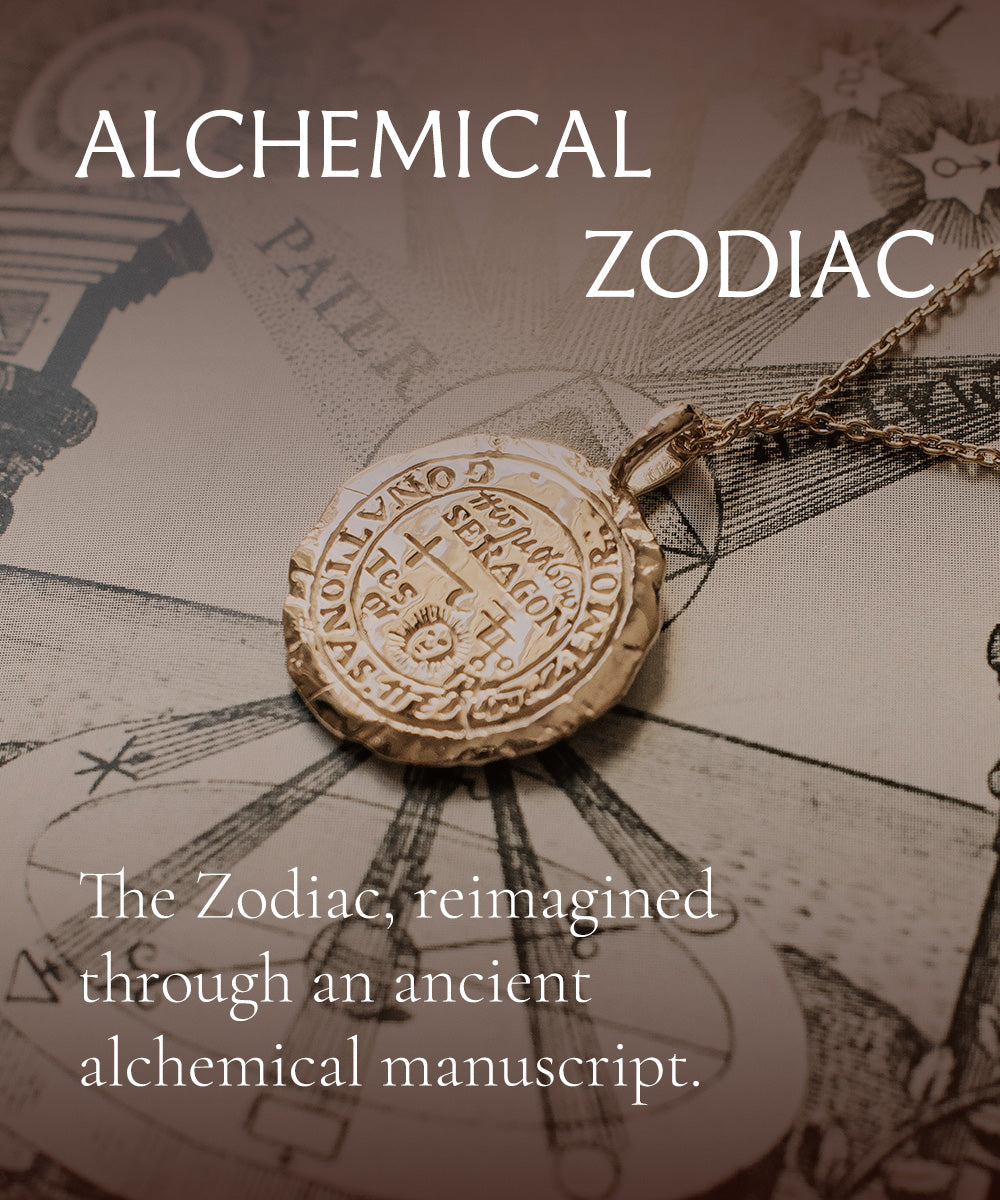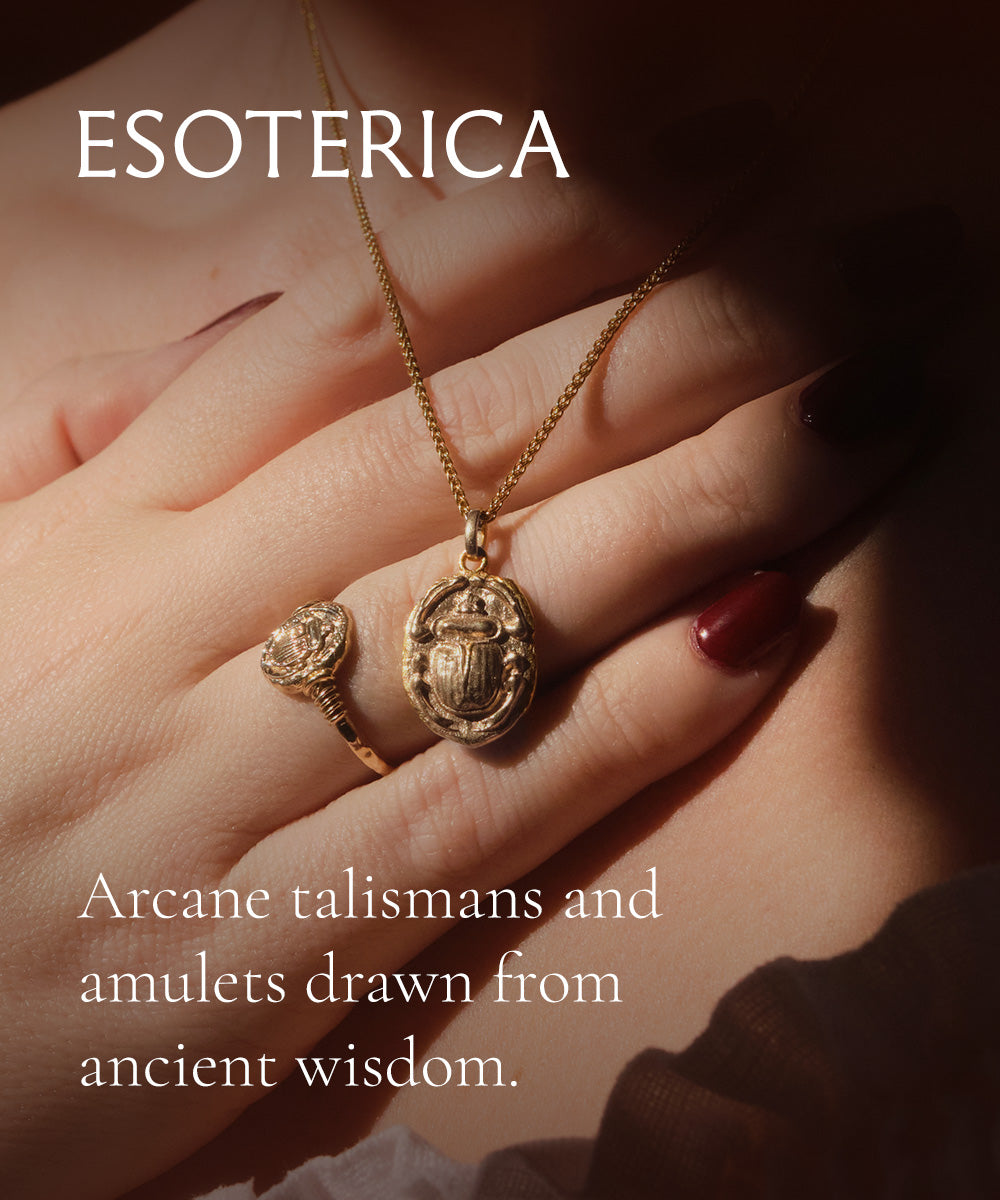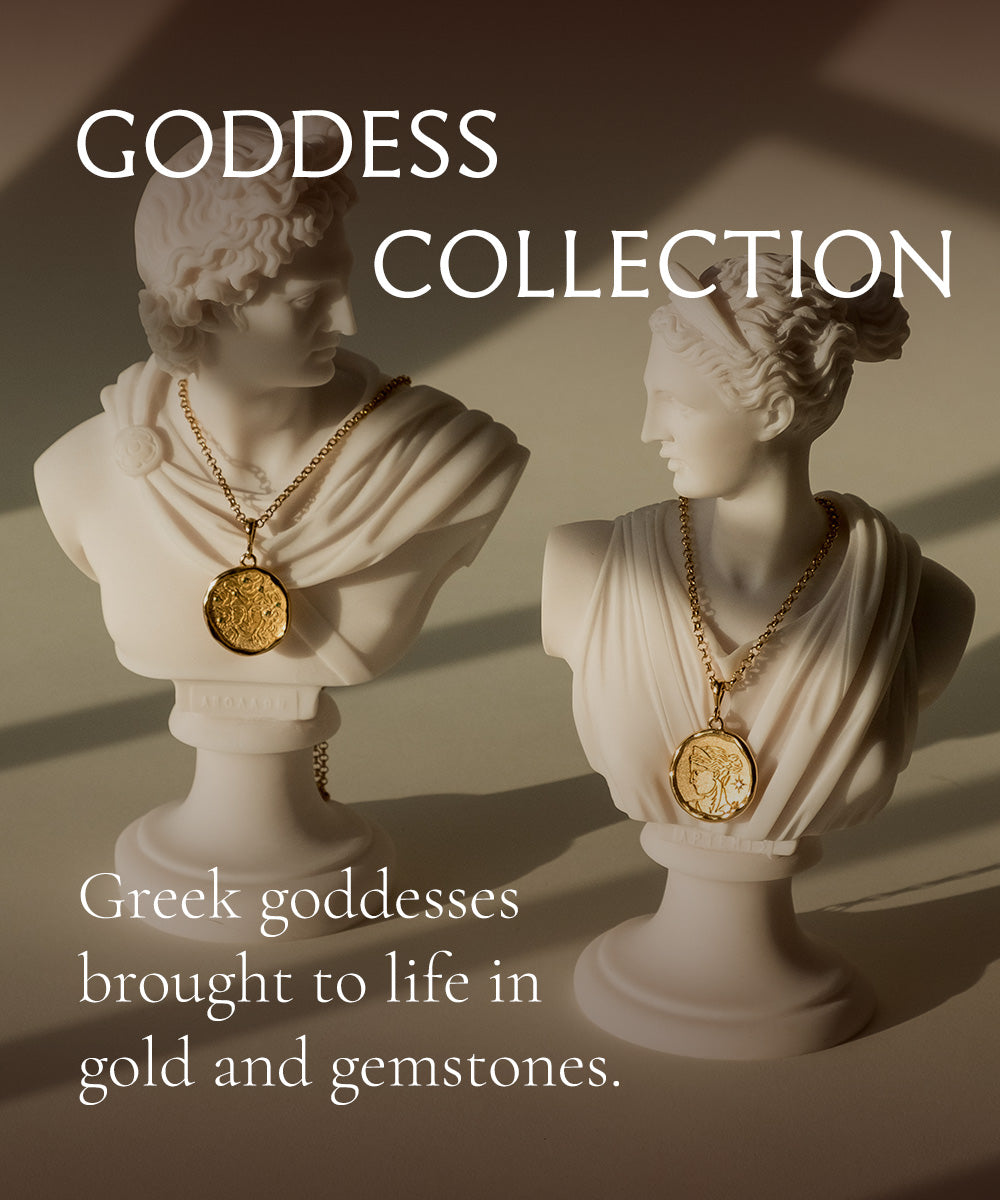Archeologists found a single pearl and gold earring in Bahrain, an island in the Persian gulf. It was estimated to be around 4,000 years old—one of the oldest ever found.
An earring is an interesting find. Jewelry found with the remains of common people says much about the high standard of living enjoyed by those who lived there, even so long ago. But what catches my heart in my throat is that, in my own jewelry box, there is a pair of pearl and gold earrings. In this seemingly inconsequential earring choice, there is a parallel, a perfectly common part of my life which links me to people who lived half a world away, four millennia ago.
Jewelry in the Middle East has a complex history. Extractive metallurgy, or the process of smelting down metals and reshaping them into something new, was discovered in Turkey in 5000 BCE. Early jewelry was mostly made of copper, sometimes shell or bone, but as civilization developed and trade flourished, more materials and techniques became commonplace.
Layers of influence were carried across continents and traded between peoples. In the dazzling markets of the Middle East, there were echoes of other, older civilizations. A little bit of everything was passed between Greece and Persia, even as far as India, as trade crossed the warm waters of the Arabian sea.
Much like Greek and Italian jewelry, there were cuffs of artfully carved fish and birds, necklaces of vines adorned with blooming flowers, celestial bodies, all things universal to the human experience. Goldsmithing techniques came from Egypt, and beadwork was inspired by that of West Africa.
Jewelers built on the foundations of knowledge, and during the Byzantine and Ottoman empires, the jewelry of Middle Eastern countries became distinctive and unique, including geometric patterns, crescents and stars as symbols of Islam, and the hand of Fatima.
Persian and North African influence led metalwork to become even more elaborate and delicate. These finely wrought pieces showed exemplary delicacy, with symmetry and exquisite detail. Matching sets of earrings, collars, rings and anklets would be inlaid with creamy orange carnelian, beads of turquoise, and sparkling lapis lazuli. For those of wealth and status, precious gems: blood red garnets, ocean blue sapphires, emeralds green as fig leaves and diamonds so pure they seemed to be air encased in glass.
Jewelry was worn for the love of beauty and shiny, pretty things, as well as in hopes of harnessing some protection, either medicinal or mystical power within stones, inscriptions and images. At nearly every point in history, people have given each other gifts, especially jewelry, out of love. When you care for someone, but cannot be with them always, a piece of jewelry will make them smile, and perhaps even give them the strength or protection of a god or gods. This, I have come to believe, is simply human nature, to show our love, to protect our loved ones, to calm our hearts when they are away.
